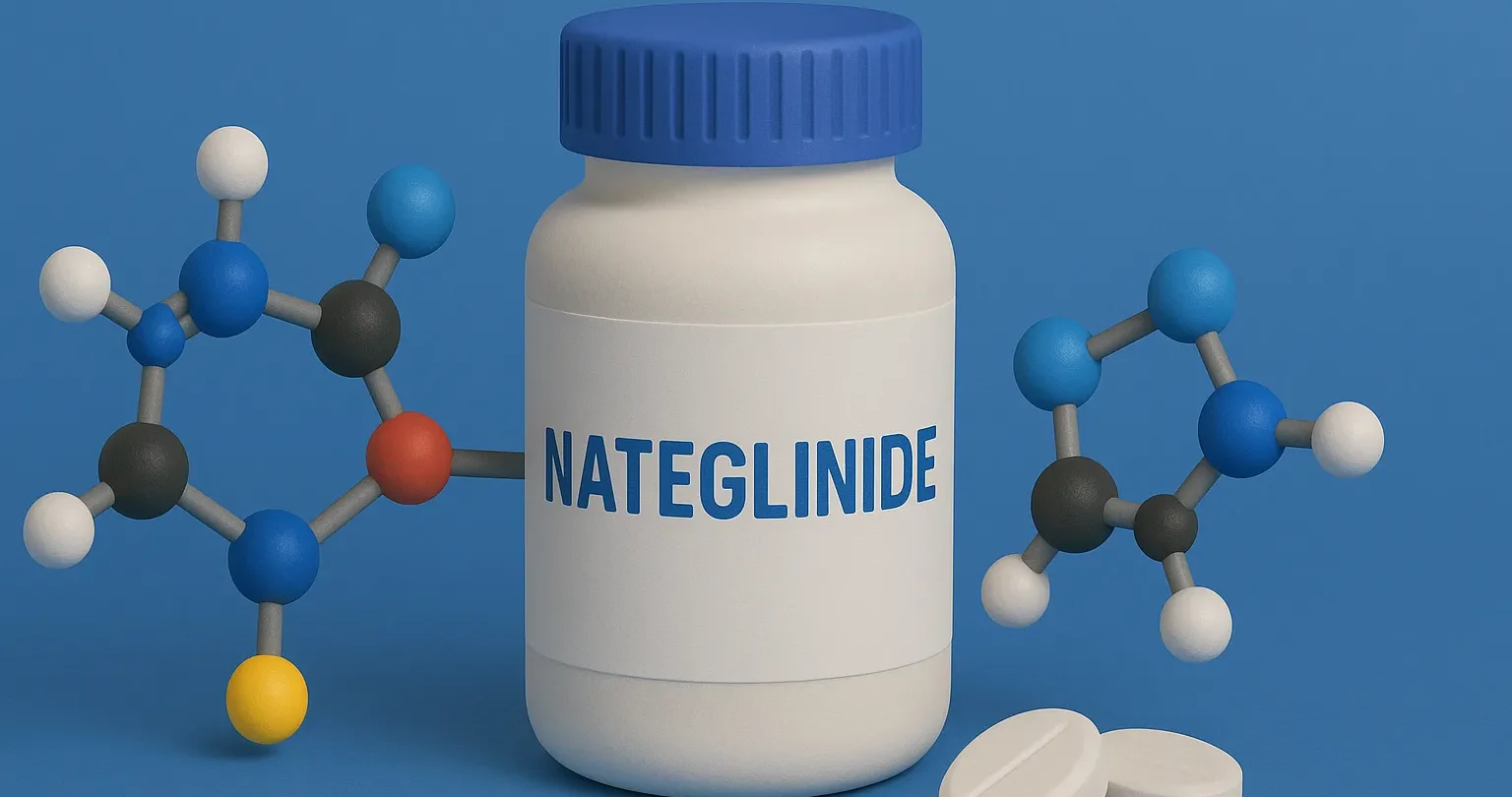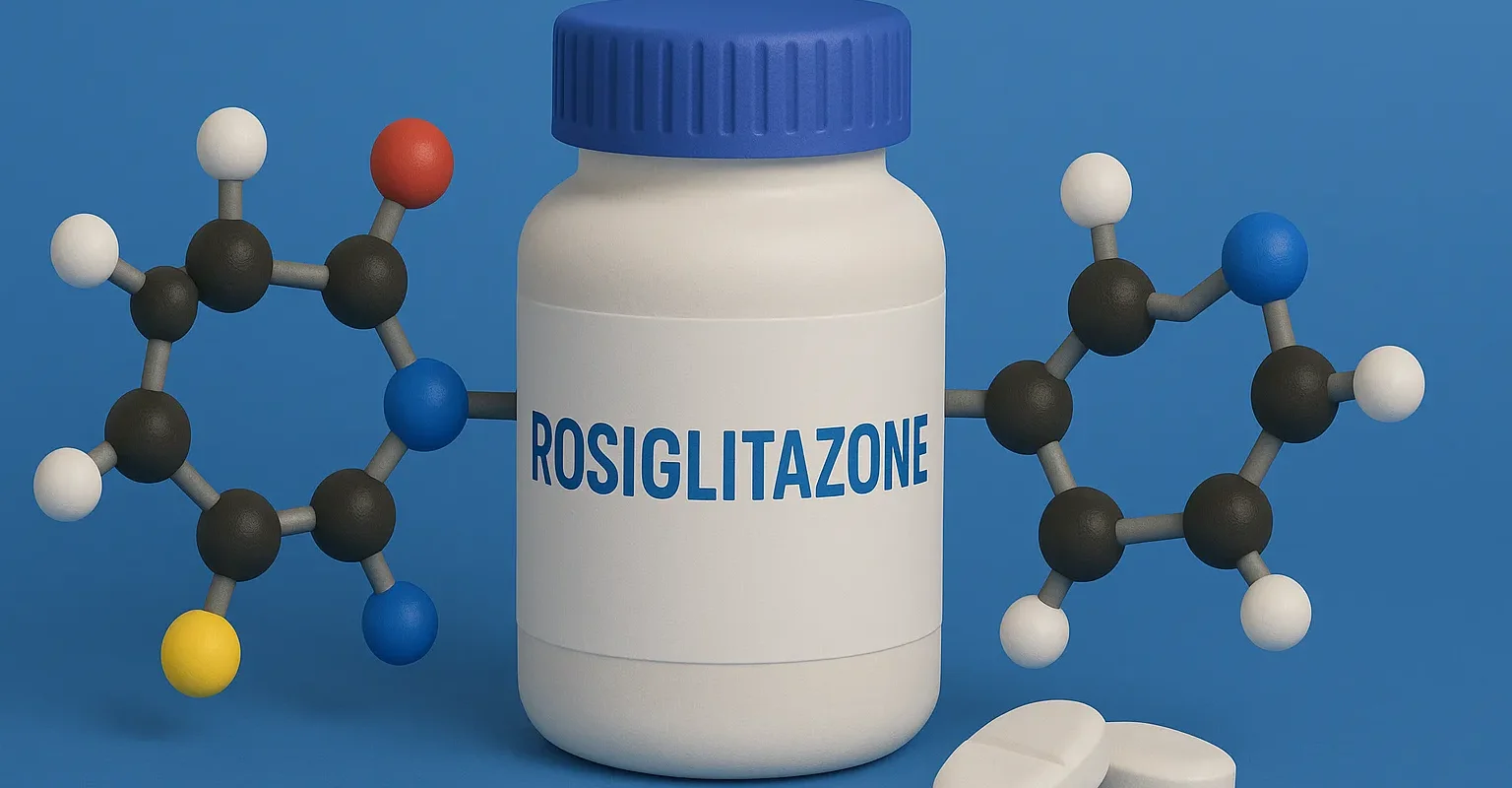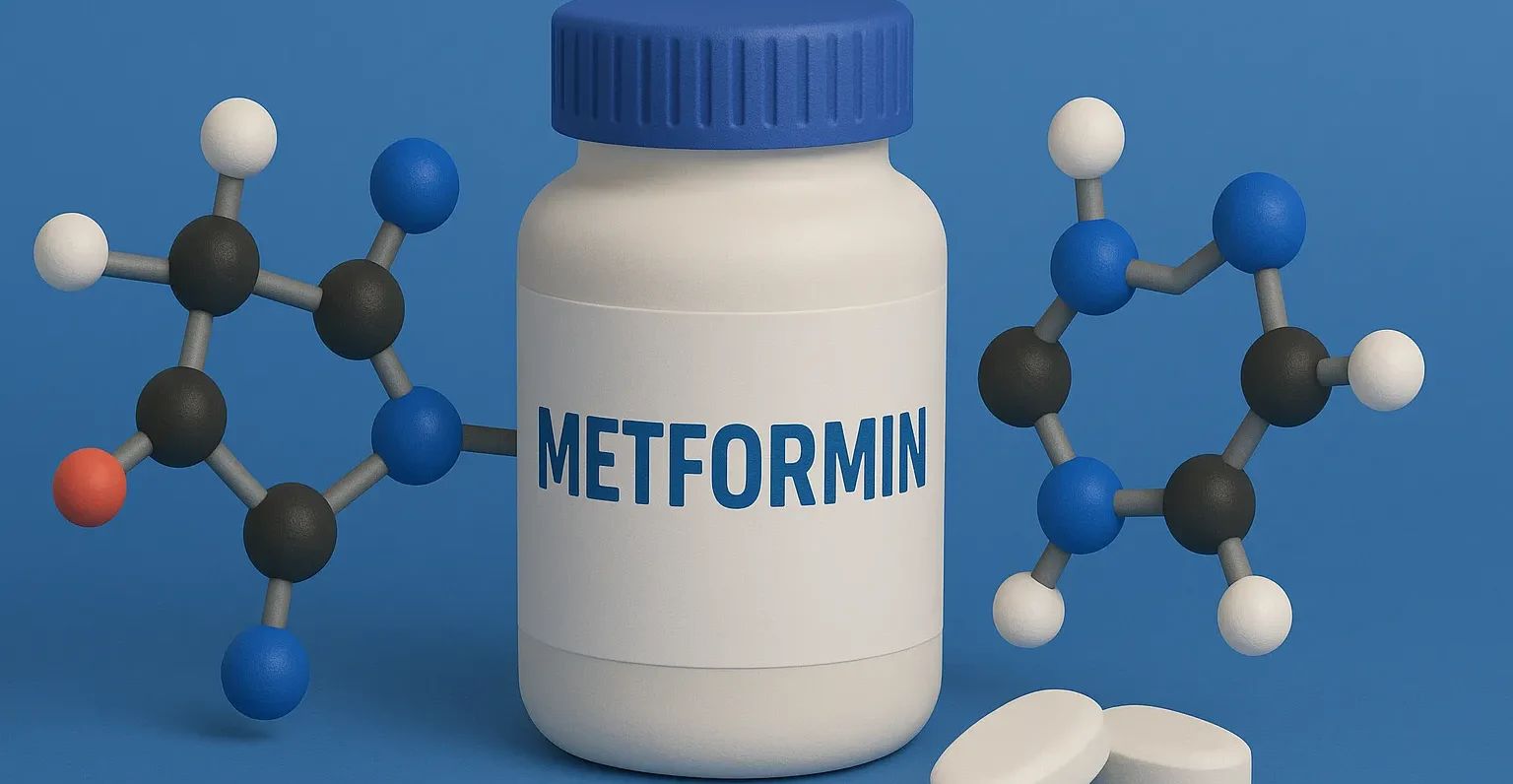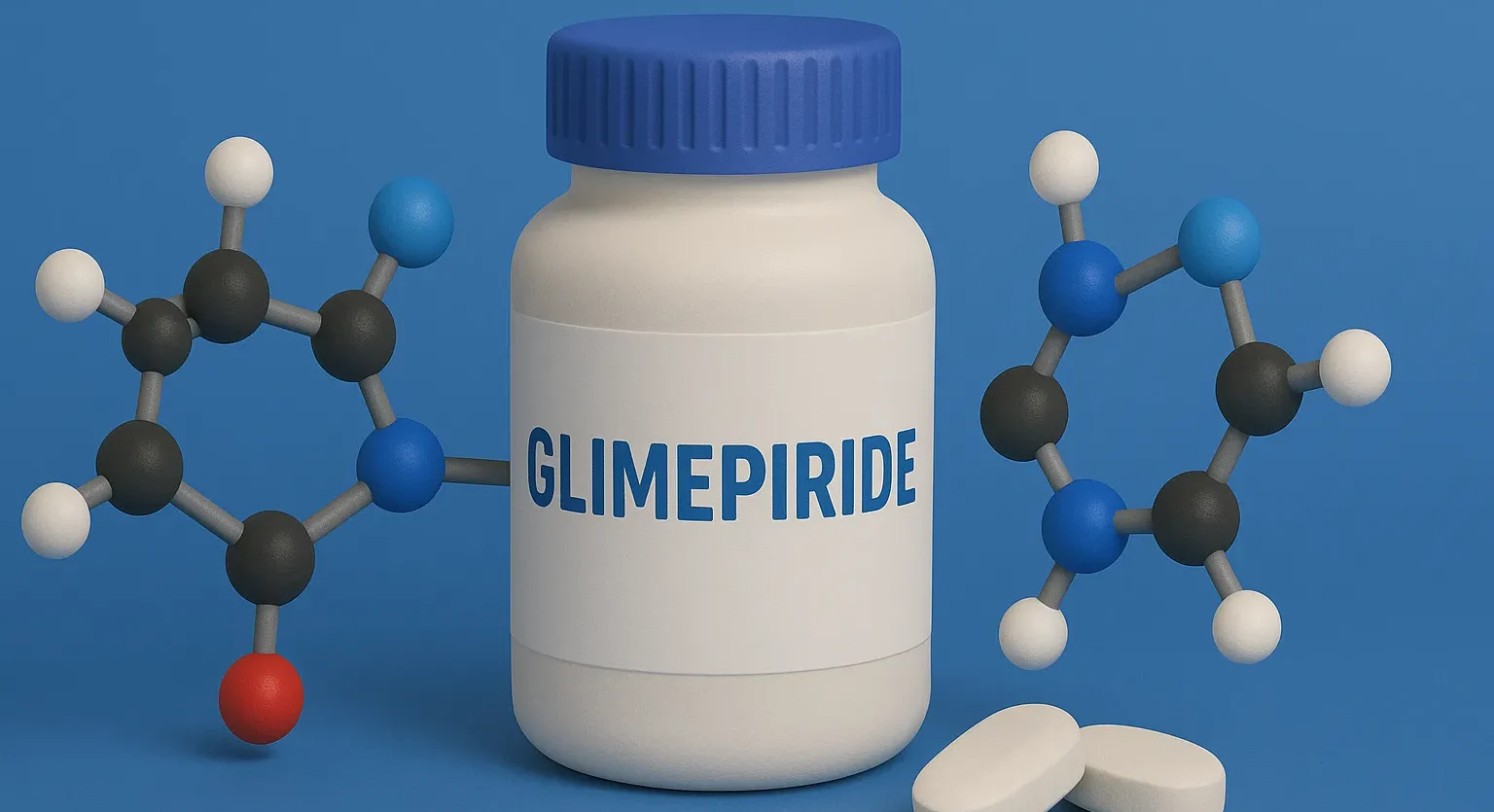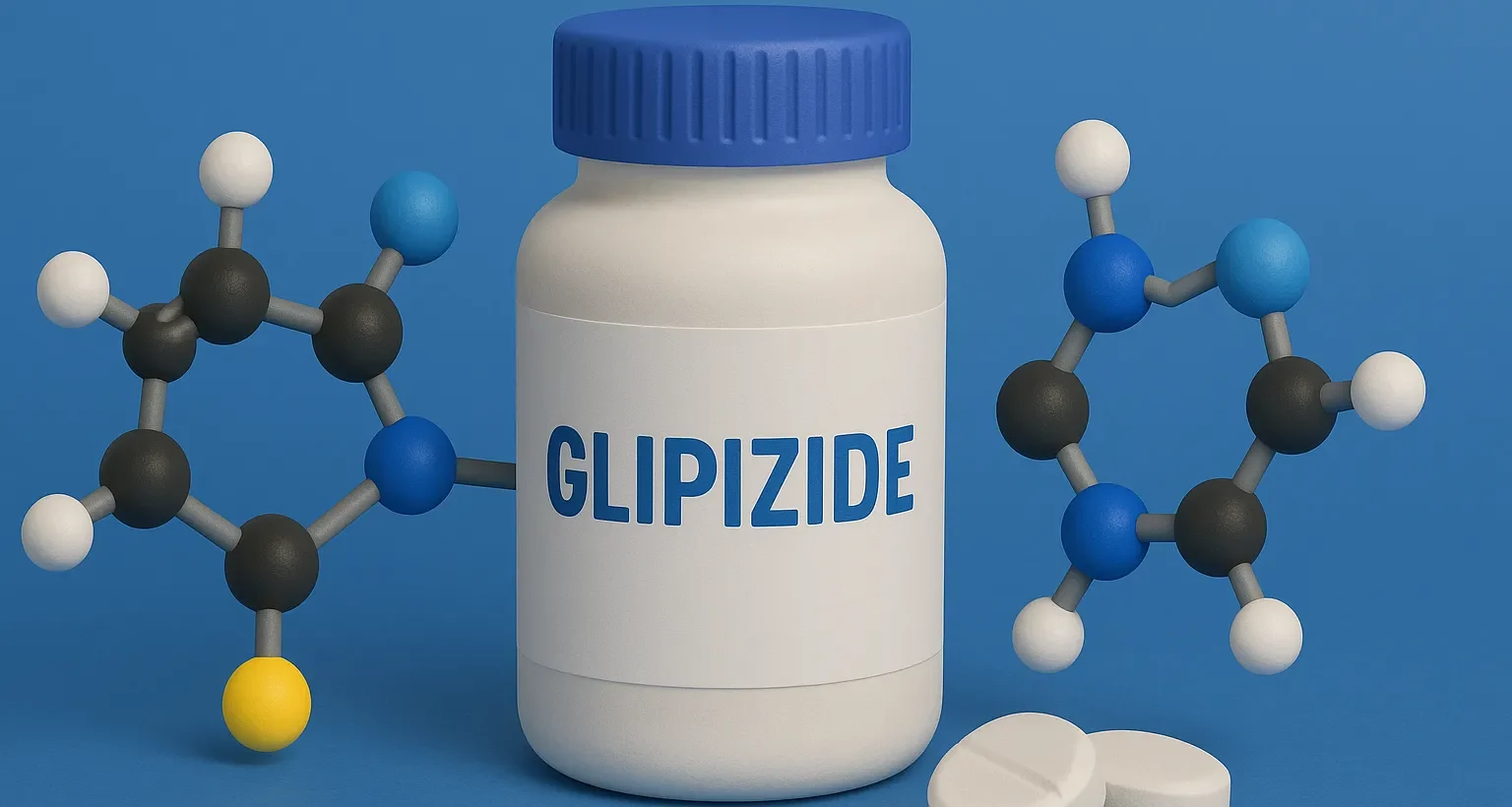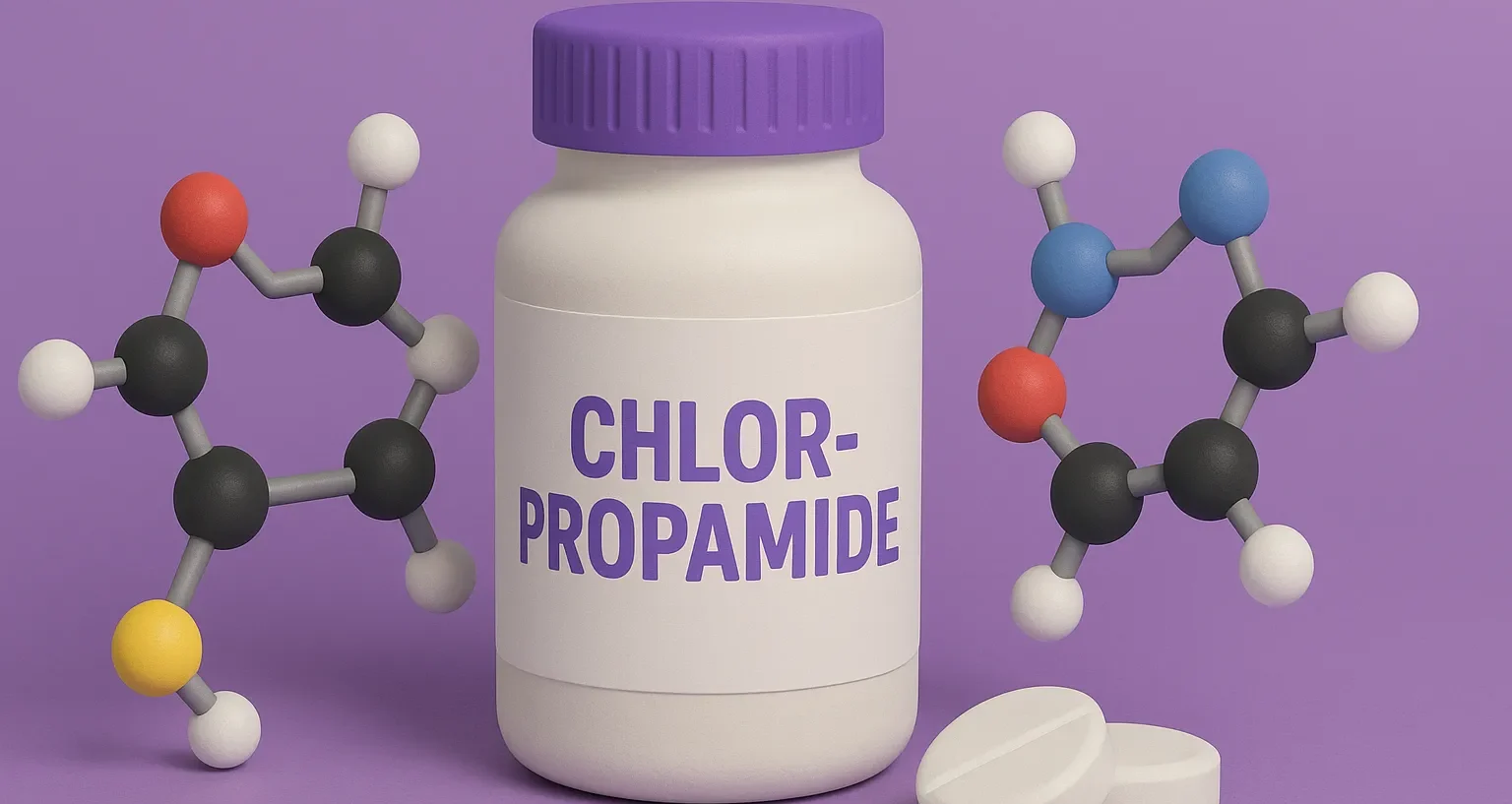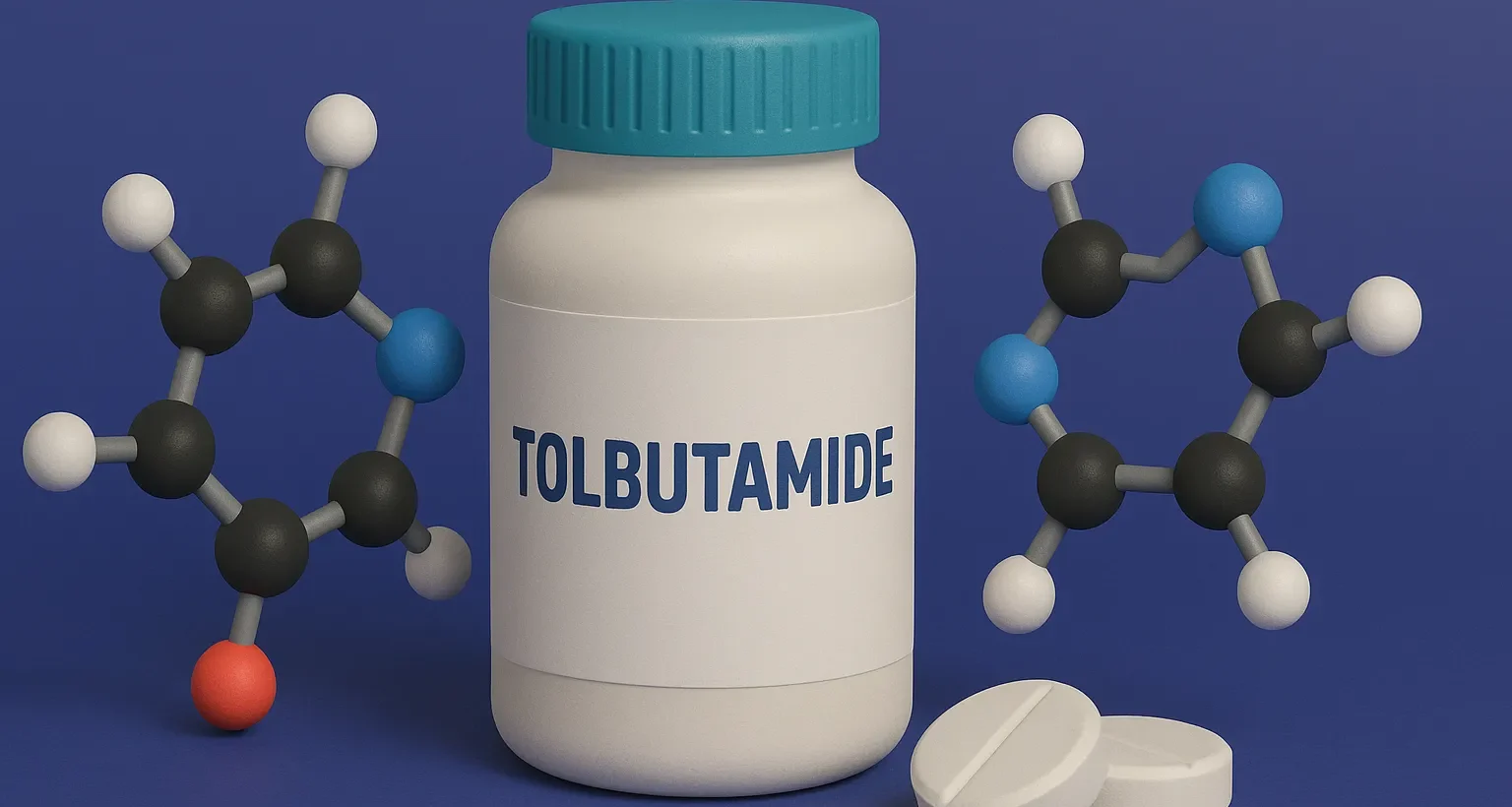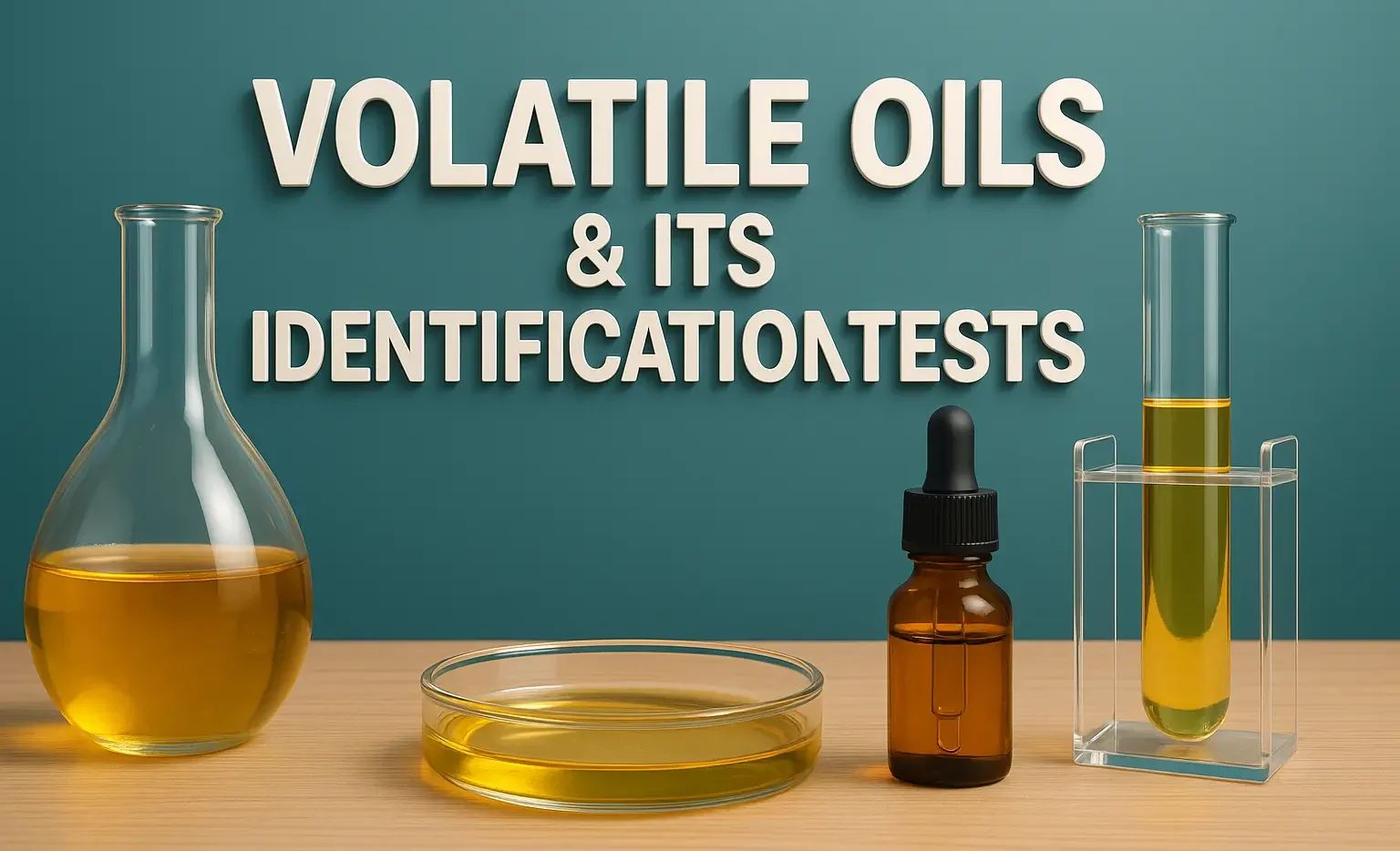Nateglinide
Nateglinide is a meglitinide antidiabetic drug used in the treatment of type 2 diabetes mellitus. It lowers blood sugar by stimulating rapid insulin release from the pancreas, making it particularly effective in controlling post-meal glucose levels. With its fast onset and short duration of action, Nateglinide helps improve glycemic control while reducing the risk of … Read more

